The field of music education and cognitive science has witnessed a groundbreaking development with the emergence of comprehensive diagnostic frameworks for quantifying musical abilities. Researchers and educators alike are now equipped with sophisticated tools to assess, measure, and nurture musical talent with unprecedented precision. This paradigm shift promises to revolutionize how we understand musical potential across diverse populations.
At the core of this innovation lies a multidimensional approach that transcends traditional assessments focused solely on technical proficiency. Contemporary diagnostic models incorporate cognitive, emotional, and physiological dimensions of musicality, creating holistic profiles of individual strengths and areas for growth. These frameworks recognize that musical ability manifests in remarkably diverse ways, from perfect pitch recognition to rhythmic intuition or expressive interpretation.
The most advanced quantification systems employ adaptive testing methodologies that respond dynamically to a subject's performance level. Rather than administering rigid, one-size-fits-all evaluations, these intelligent systems tailor their difficulty in real-time, providing both accurate baselines for beginners and sufficiently challenging measurements for advanced musicians. This flexibility has proven particularly valuable in educational settings where students exhibit wide variations in prior musical exposure.
Neuroscientific insights have profoundly influenced the development of modern music assessment tools. Brain imaging studies have identified specific neural correlates associated with different aspects of musical processing, allowing researchers to establish objective biomarkers for various musical competencies. When combined with traditional behavioral assessments, these neurological indicators create robust composite scores that minimize cultural biases inherent in some conventional testing methods.
Longitudinal studies utilizing these diagnostic systems have yielded fascinating discoveries about musical development trajectories. The data reveals nonlinear patterns of growth that challenge previous assumptions about critical periods for musical training. Contrary to popular belief, significant improvement in various musical domains appears possible across a much broader age range than traditionally thought, provided the training aligns with an individual's specific diagnostic profile.
Practical applications of these quantification systems extend far beyond academic research. Music educators report transformative impacts on their teaching methodologies, as diagnostic data enables truly personalized instruction. Rather than guessing at a student's needs, teachers can now identify precise areas requiring attention while recognizing and nurturing innate strengths. This approach has shown particular promise in maintaining student motivation and preventing discouragement during the challenging early stages of musical development.
The integration of machine learning algorithms has propelled these diagnostic systems into new realms of sophistication. By analyzing vast datasets of musical performances and learning outcomes, predictive models can now forecast optimal learning pathways for individuals with remarkable accuracy. These systems don't merely assess current abilities but project future potential under various training scenarios, empowering both students and teachers to make informed decisions about musical development investments.
Critically, the most effective diagnostic frameworks maintain a delicate balance between quantitative precision and qualitative insight. While numerical scores provide valuable benchmarks, the richest implementations incorporate narrative evaluations that capture the nuanced, ineffable qualities of musical expression. This dual approach acknowledges that music remains fundamentally an art form even as we develop increasingly scientific methods to understand its mastery.
Commercial applications of music ability diagnostics are emerging across diverse sectors. From customized music education apps that adapt to users' diagnostic profiles to professional orchestras utilizing assessment data in audition processes, these tools are reshaping how society identifies and cultivates musical talent. The recording industry has begun experimenting with diagnostic systems to match vocalists with songs that complement their specific expressive strengths.
Ethical considerations surrounding musical ability quantification have sparked important discussions within the field. Thought leaders emphasize that these diagnostic tools should serve as guides rather than definitive judgments of potential. The most responsible implementations frame results as snapshots of current development rather than fixed determinations of ability, preserving space for the unexpected creative leaps that characterize artistic growth.
As the science of musical assessment continues evolving, researchers are exploring fascinating intersections with other disciplines. Studies examining correlations between musical diagnostic profiles and linguistic abilities, mathematical aptitude, or emotional intelligence are yielding intriguing findings about the interconnected nature of human cognition. This cross-disciplinary approach promises to deepen our understanding of music's unique role in human development and culture.
The development of standardized yet adaptable diagnostic frameworks represents perhaps the most significant challenge facing the field. While core metrics must maintain consistency for valid comparisons, the systems must also accommodate cultural variations in musical expression and education. Leading research teams are addressing this through culturally inclusive design principles that recognize diverse musical traditions as equally valid expressions of human creativity.
Looking ahead, the next generation of music ability diagnostics may incorporate real-time physiological monitoring during musical performance. Preliminary studies measuring subtle variations in breathing patterns, muscle tension, and neural activity during playing suggest these biometrics could provide unprecedented insights into the physical dimension of musical mastery. Such advancements could bridge the longstanding gap between technical proficiency and expressive performance in musical assessment.
The democratization of these diagnostic tools through mobile technology stands to make sophisticated musical assessment accessible to populations previously excluded from formal music education. As smartphone-based testing platforms become increasingly refined, they offer the potential to identify and nurture musical talent in remote communities and developing regions, potentially transforming the global landscape of musical opportunity.
Ultimately, the quantification of musical abilities represents not a reduction of art to numbers, but an expansion of our capacity to understand and develop human creative potential. These diagnostic systems, when implemented thoughtfully, serve as mirrors reflecting back to musicians and educators the rich complexity of musical talent - not to limit possibilities, but to illuminate pathways for growth that honor each individual's unique artistic voice.

By /Jul 17, 2025

By /Jul 17, 2025
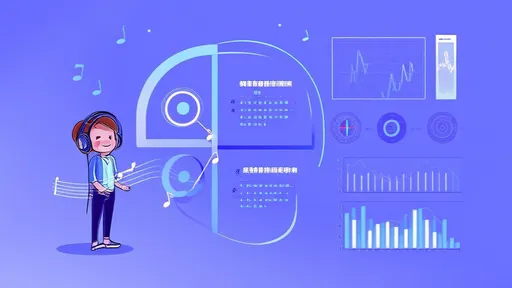
By /Jul 17, 2025
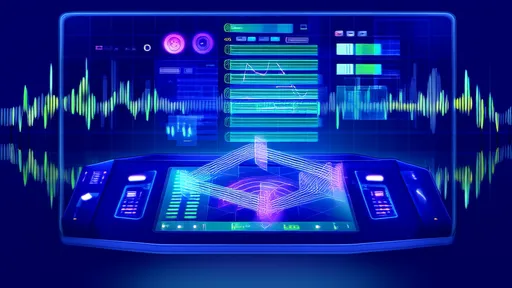
By /Jul 17, 2025
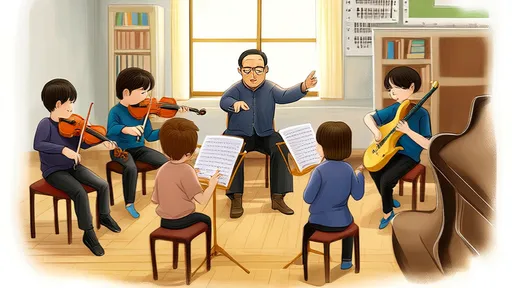
By /Jul 17, 2025
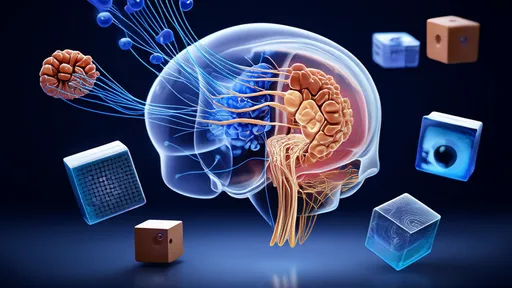
By /Jul 17, 2025

By /Jul 17, 2025

By /Jul 17, 2025
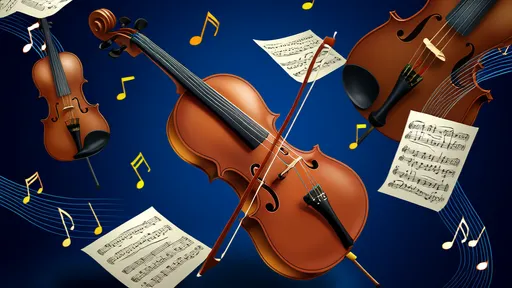
By /Jul 17, 2025
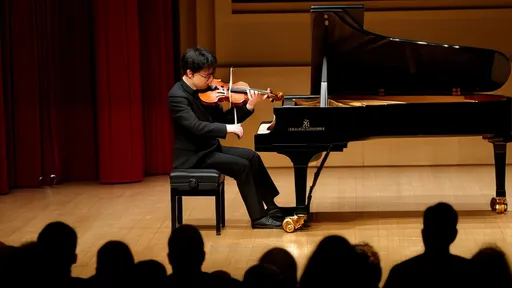
By /Jul 17, 2025
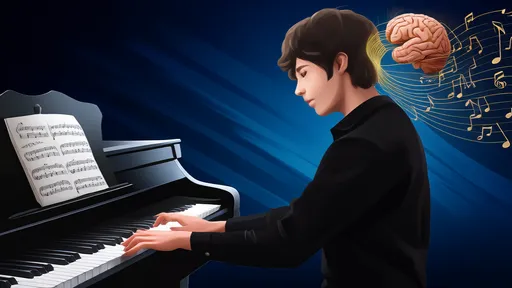
By /Jul 17, 2025
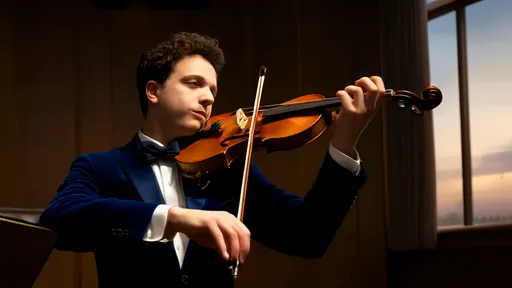
By /Jul 17, 2025

By /Jul 17, 2025

By /Jul 17, 2025

By /Jul 17, 2025
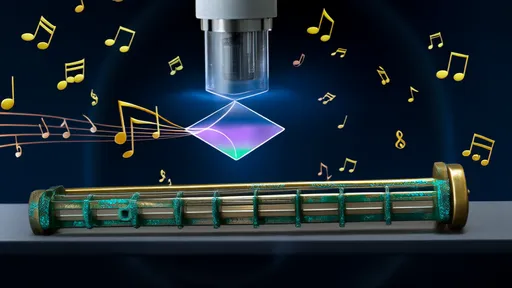
By /Jul 17, 2025
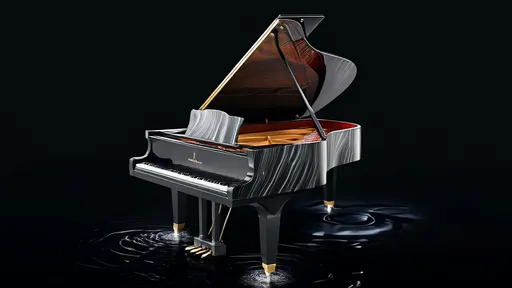
By /Jul 17, 2025

By /Jul 17, 2025